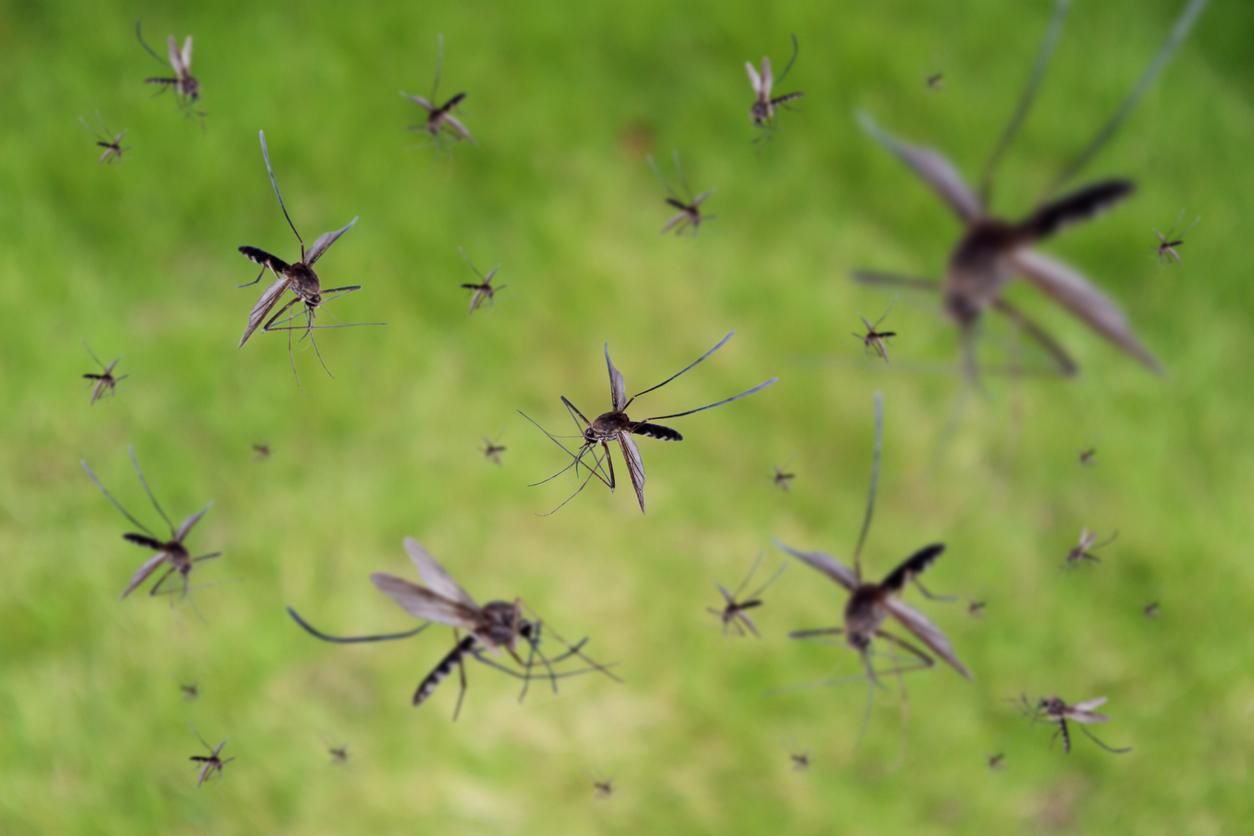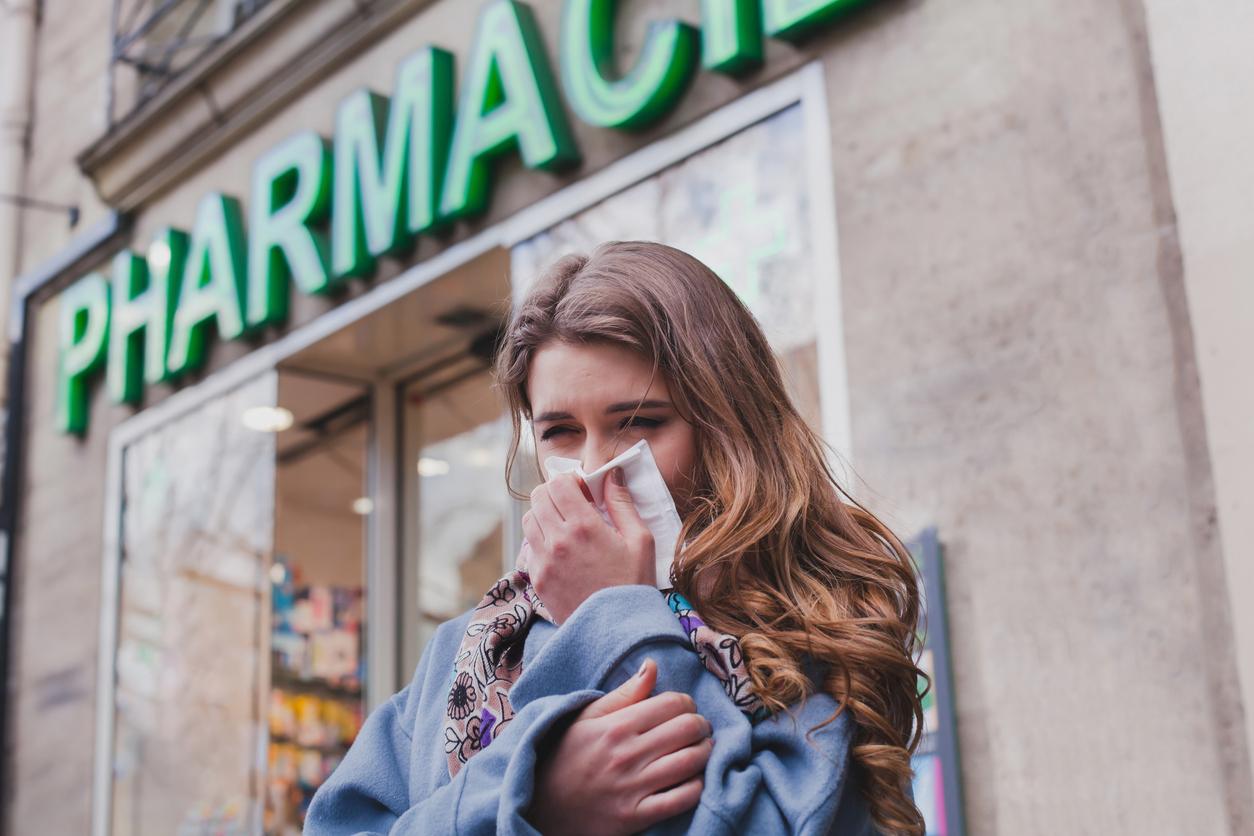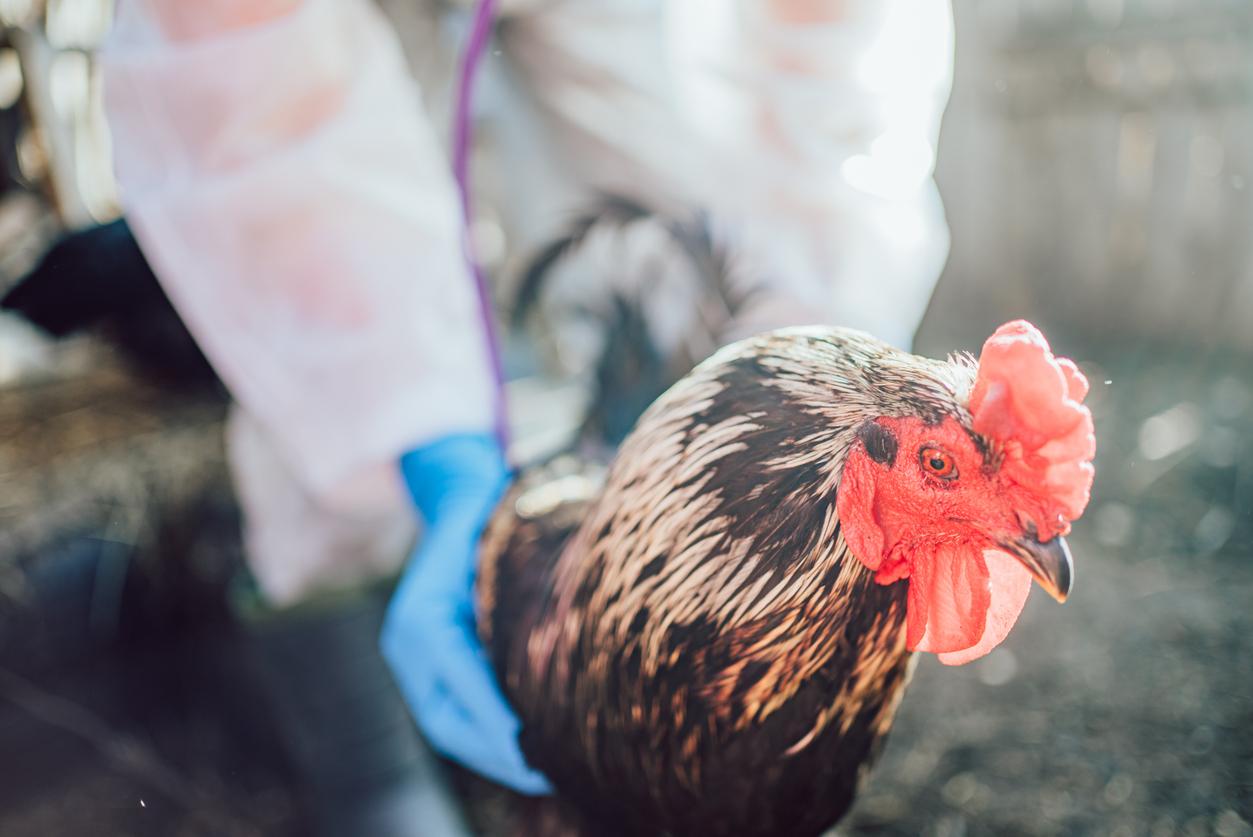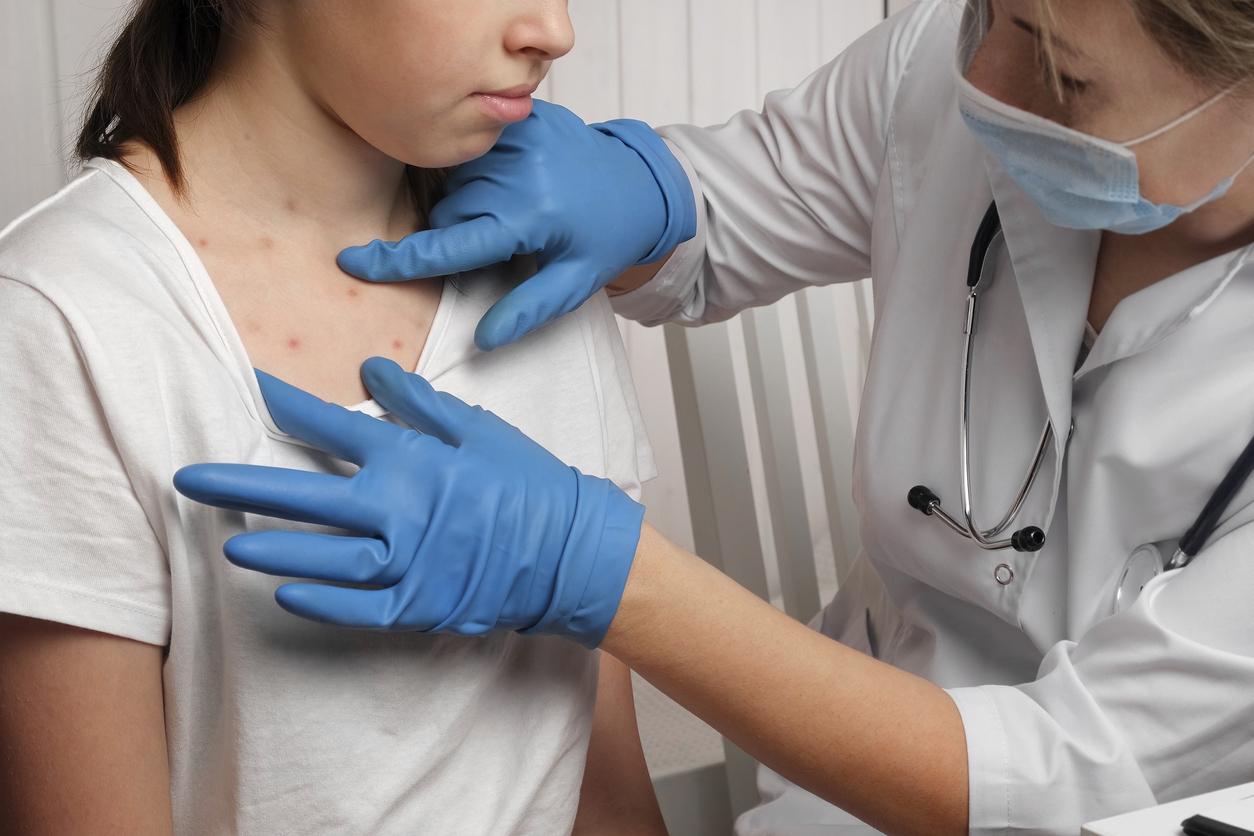Several Ebola treatment centers have been attacked in the country. At the same time, the population delays going to the hospital, or even does not go there at all. Specialists fear an explosion of the epidemic.

569 people have died of Ebola since August in the Democratic Republic of Congo and 900 declared cases have been recorded. Experts fear that this figure will increase considerably, because in recent months, violence against health centers has multiplied. A new attack took place on Saturday March 9 in the city of Butembo, killing one person.
Repeated attacks on MSF centers
On March 1, Doctors Without Borders announced its withdrawal from the main focus of the epidemic, the North Kivu region, after two successive attacks against one of its centres. “Seven months into the largest Ebola outbreak in the Democratic Republic of Congo, and amid growing community mistrust, the response is failing to gain the upper hand,” the organization said. international in a communicated Thursday, March 7. According to him, the epidemic is not under control.
#DRCongo | In light of two recent violent attacks on our #Ebola Treatment Centers, we have no choice but to suspend our activities in Butembo and Katwa until further notice. https://t.co/9e7yYzQeFu
— MSF International (@MSF) March 1, 2019
The distrust of the population
Another factor aggravates the crisis: the mistrust of the populations. According to MSF, the use of armed forces and the police to push residents to adopt hygiene measures against the disease has only heightened concerns and doubts. In December, more than a million people living in areas affected by the disease were confined to their homes and prevented from voting in the presidential election. The measure has contributed to widespread distrust: for some Congolese, the epidemic is a political scheme. Today, the consequences are visible to caregivers: 40% of deaths took place outside the hospital and for 35% of cases, the origin of the contamination remains unknown.
This is the tenth Ebola epidemic in the country, but it seems particularly violent. According to the review Naturethe mortality rate reached 60%, more than during the mass epidemic that affected West Africa between 2014 and 2016.
.
















